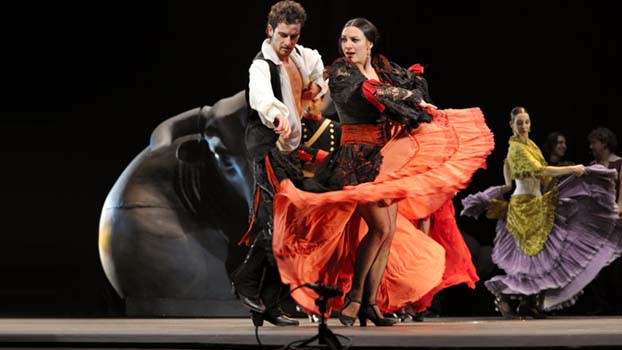Exploring Flamenco

As an impressionable listener of music I have found the deepest musical expression of emotion in the soul of flamenco.
Flamenco is a fiery blend of voice, nylon string guitar and dance that has been burning in the heart of Spain for nearly 500 years. Flamenco is not only a Spanish musical art form or a mere signifier of enrich Spanish cultural heritage rather it is an expression of the gypsy way of life which is full of passion and beauty.
Historically, flamenco was found by the ancient gypsies of Andalusia and it is the hallmark of their identity.
However, as Andalusia stands at a geographical crossroads its culture has been enriched with influences from far beyond its soil. Most of us think that flamenco is a Spanish folk music, but historically, it was only to be found in one province - Andalusia. How flamenco became synonymous with the whole Spain’s culture and identity has much to do with how the country was sold to sun-seekers by Western Europe’s most enduring dictator. However, later on, the government of Andalusia has long supported flamenco as an important element of regional identity and also as a powerful magnet for tourism.
Once the seeds of flamenco were planted in Andalusia, it grew all over the world. Thus gradually flamenco has become a universal cultural heritage. In this spirit, here I want to mention a quote from Spain’s biggest flamenco star Estrella Morente. She said, “For me flamenco is Andalusia. But it is also in lots of other places.
Flamenco has roots all over the world. If you know flamenco you are a part of it”.
Nowadays, you may hardly find any continent where flamenco has not reached yet through the creation of specialized schools and shows. In last few years Bangladesh has observed several flamenco shows in Dhaka.
There has especially been a boom in Japan recently which has more flamenco schools than Spain and Latin America. It has also successfully travelled to Africa and Australia. Why has this phenomenon occurred?
Perhaps because flamenco equally combines the feeling, expression and identity of a universal art. Recently a plethora of flamenco schools have been developed around the world where you can study flamenco. Flamenco has been shrouded in mystery for many years, and it has only in recent years become known to, but not fully understood by, the rest of the world.
Musical characteristic of flamenco is also a very mysterious and abstract phenomenon. Once, Pt Ravi Shankar visited the god of flamenco guitar, Paco De Lucia in a TV show. There Pt Ravi Shankar said that, most of the flamenco music that he heard resembles with one of the morning raga called Bhairavi derived from Indian Classical Music.
In Western music, only the major and minor modes have remained whereas flamenco has also preserved the Phrygian mode, commonly “Dorian mode” referring to the Greek Dorian mode, and sometimes also “flamenco mode”. However, here are the names of some flamenco musical forms performed by great flamenco legends, such as Gujiras by Sabicas, Alegrias by Paco Peña, Farucca by Grisha Goryachev, Bulerias (Almoraima) and Cositas Buenas by Paco de Lucia etc. I hope those might plunge your mind into the deep mystery of flamenco and influence you to explore world of flamenco.



